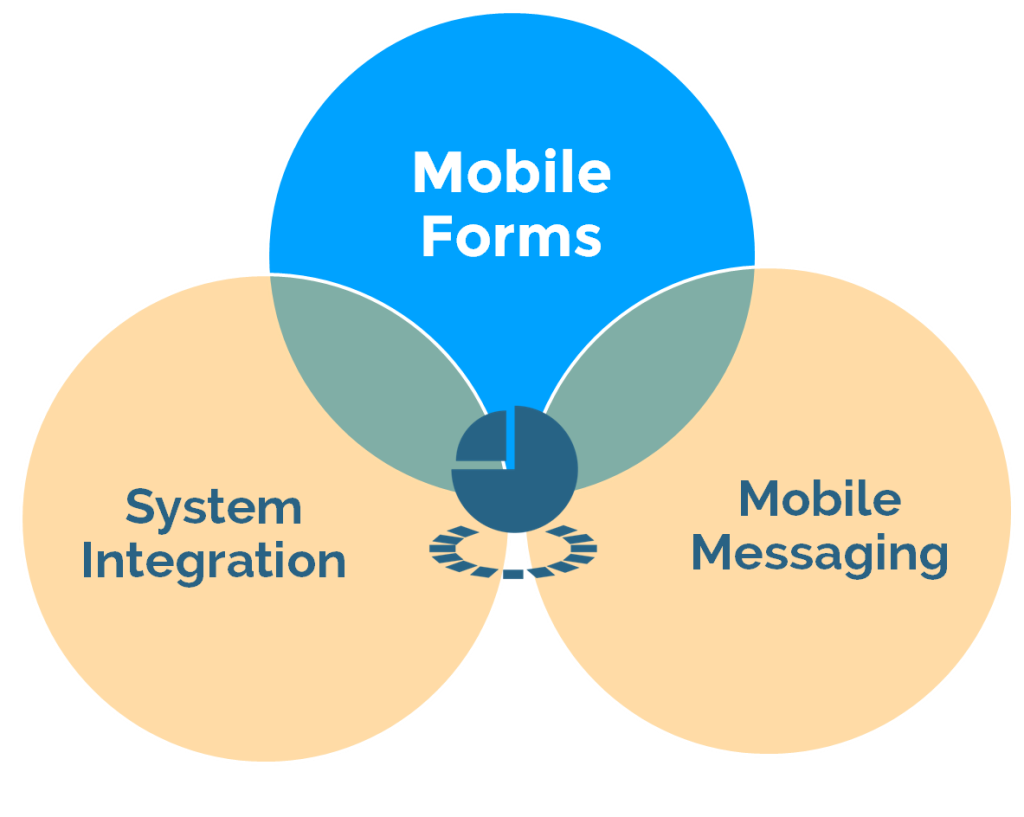
Distribution centers are losing nearly 3,000 hours a year on inefficient workflows. The same problems are costing $275-575K a year just in document workflow inefficiencies, and there are more than enough problems in hospitals. Just three common workflows are costing each medical facility $1.7 million a year in inefficiencies.
We use workflows in every industry every day. Workflows are just business processes that involve tasks, sequences, and decisions. We’re surrounded by them.
Each process helps us get something done, and when you put together every process used by every person at your organisation…well, you’re getting a lot done.
But for every workflow, there’s the risk of inefficiencies that waste your time and money. You know that annoying step in every process, the one that wastes a couple of minutes every time you go through it? It might take the form of a delay, a redundancy, or a manual step or approval.
Multiply that cost driver times the number of workflows, then multiply the total by the number of people in your organisation using those workflows, and it’s easy to see why process optimization is increasingly a critical factor in staying competitive.
On the other hand, if you could make that step faster – or eliminate it entirely – the savings would add up fast.
In fact, your competitors are using a special technique to optimize their workflows and save money – and it’s not new.
The key is a combination of three technologies for workflow automation: forms, messaging, and integration. Where these technologies intersect is a combination that reduces workflow inefficiencies for companies in every industry.
The trick for modern workflow optimization:
Workflow Forms
Mobile forms are nothing new, and their benefits are well known. They reduce the number of clicks and amount of typing needed to submit information; they help prevent errors; and they encourage standardized chunks of data that can easily be processed by IT systems.
But just using forms doesn’t make you efficient: The key is to automate each process, which is where messaging and integration come in.
Mobile Messaging
With the proliferation of bring-your-own-device, or BYOD, policies, mobile is not just the place you could be looking for efficiency improvements at this point: it’s the place you should be looking.
What if, rather than employees simply submitting forms and then having to switch apps – or devices – to continue their work, they could stay in that same paradigm for all communications?
And what if they could use their existing mobile phones to do it from anywhere on the planet, and their messages could be secured and audited?
Systems Integration
The final piece is to find technology that integrates with your existing IT systems; otherwise, your employees will still be switching between apps or devices to get work done. Look for solutions that offer everything your employees need to quickly and efficiently complete their workflows.
What step in your processes is giving you the most trouble? Would one or all of these keys help address it?
Want more information? Download the free Soprano whitepaper How to optimise workflows with mobile messaging: A guide for healthcare organisations and we’ll show you how to analyse your workflows and add secure mobile messaging to improve efficiency.

